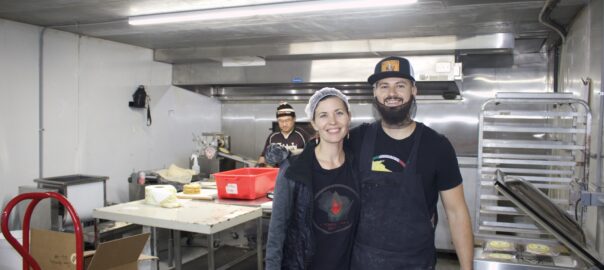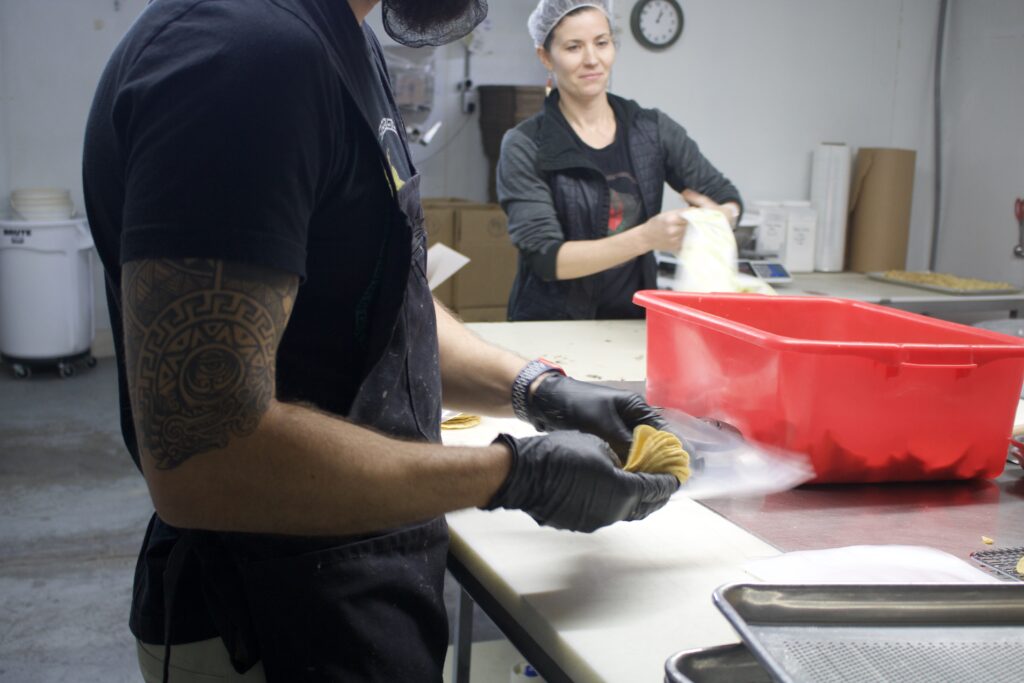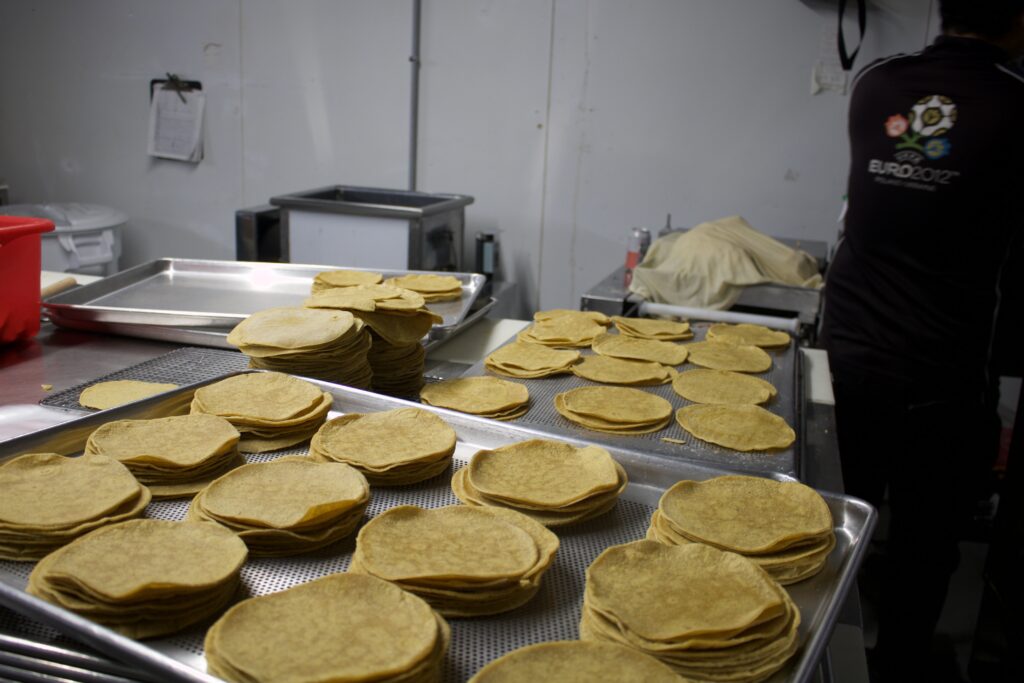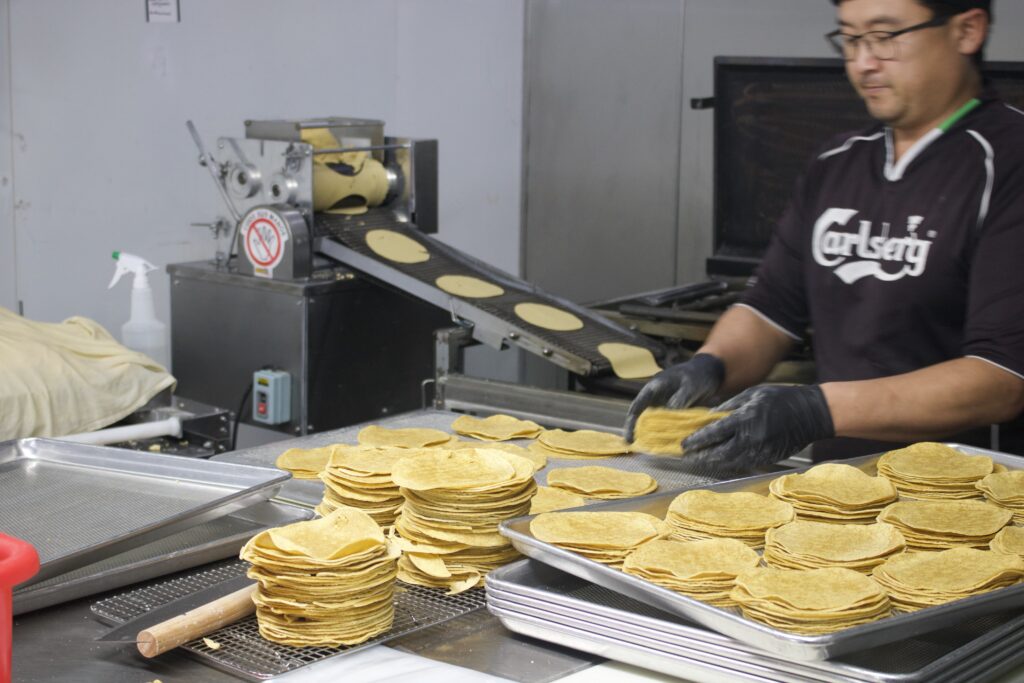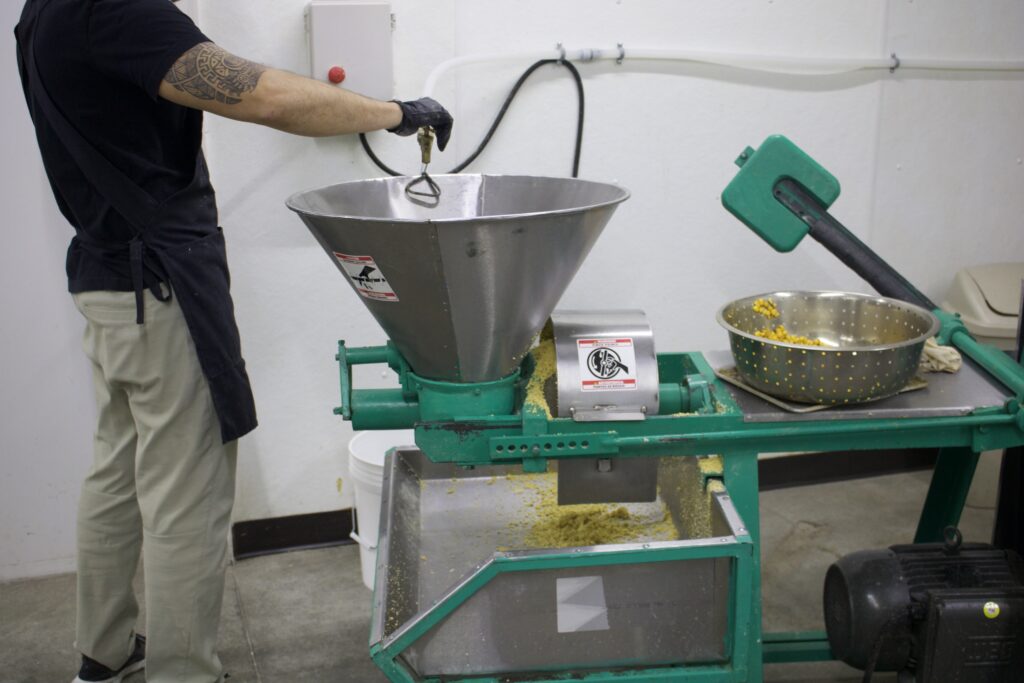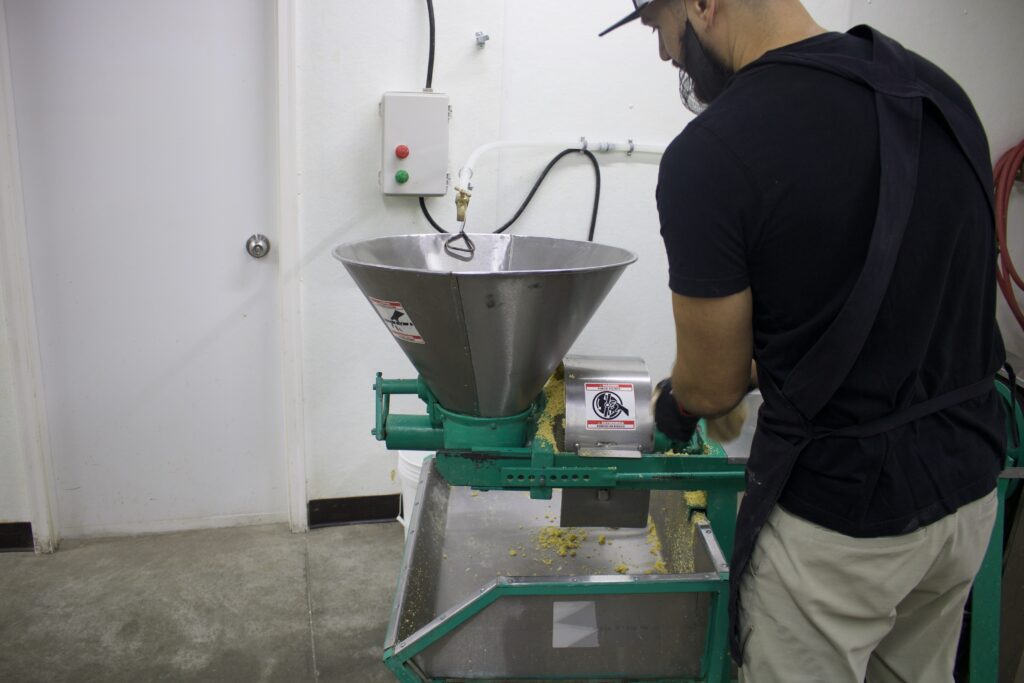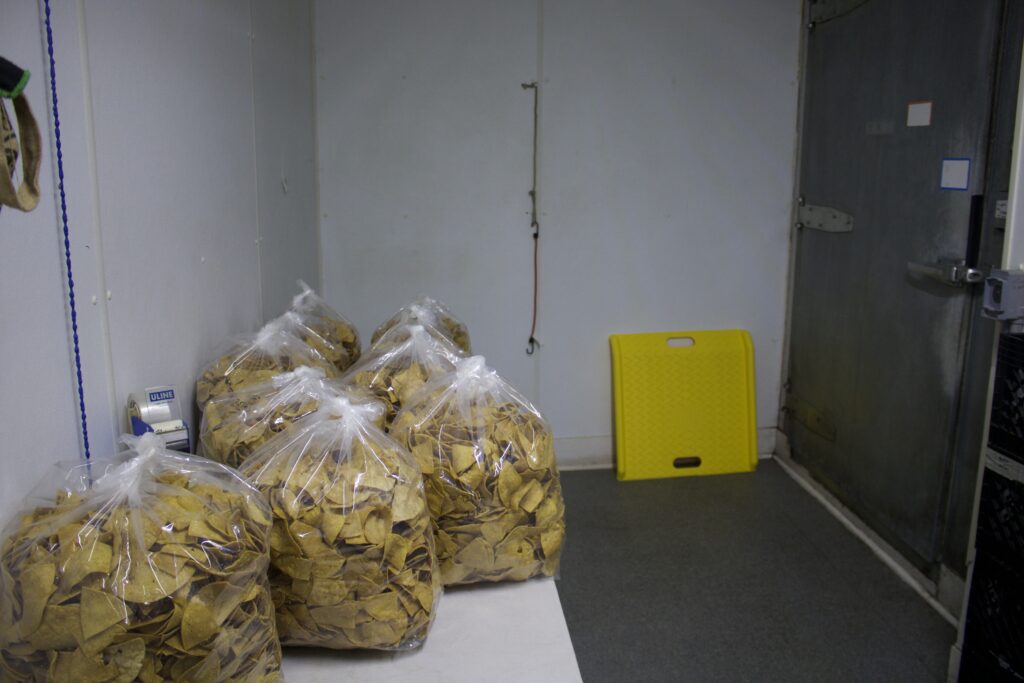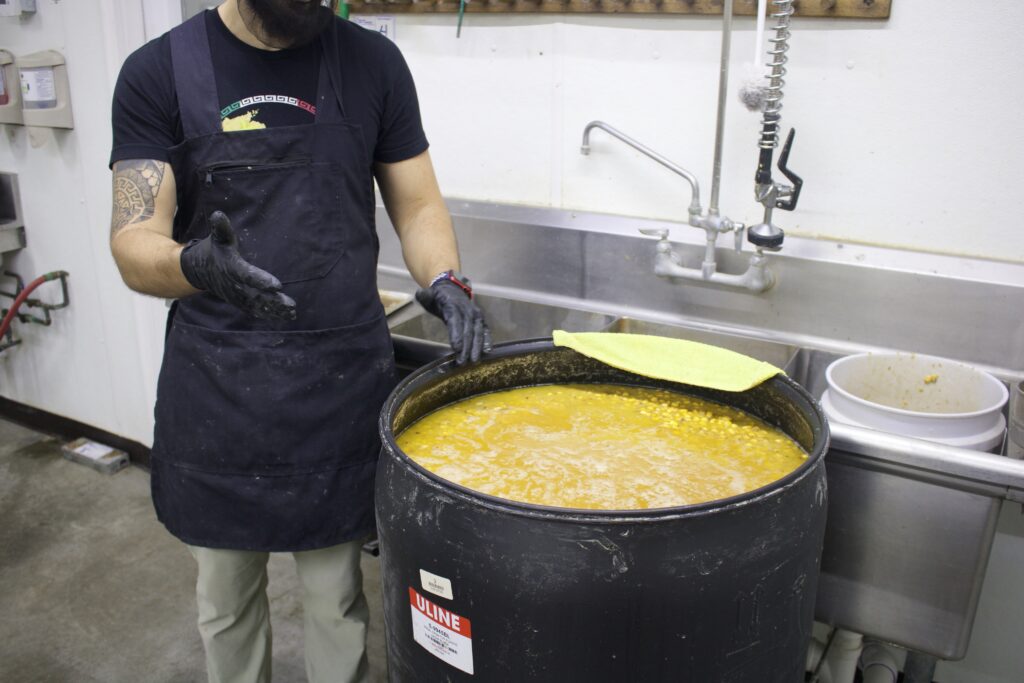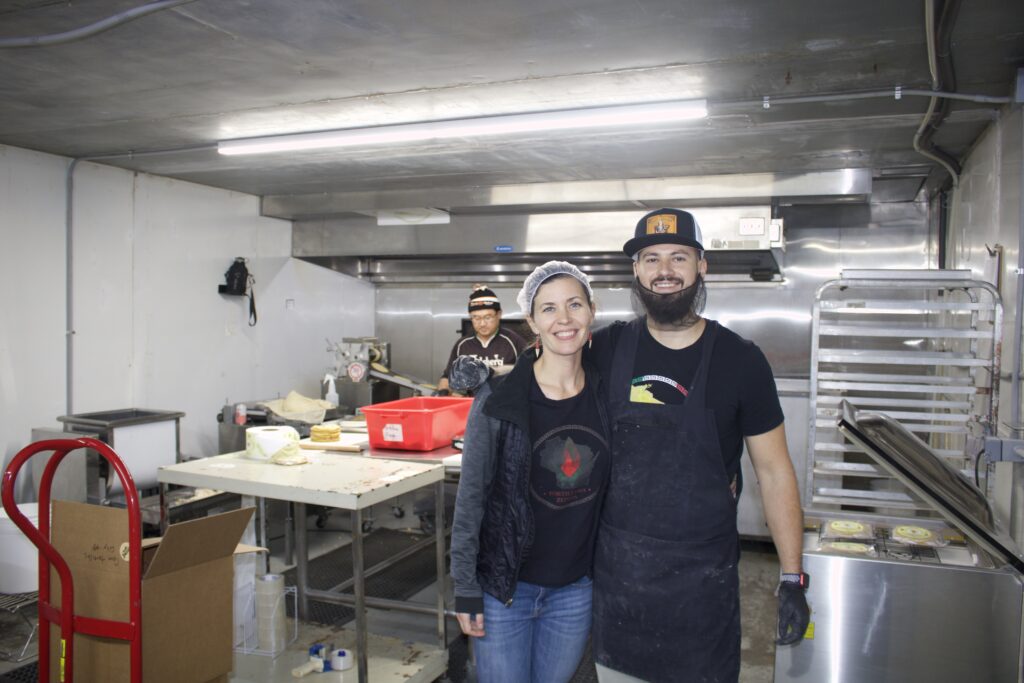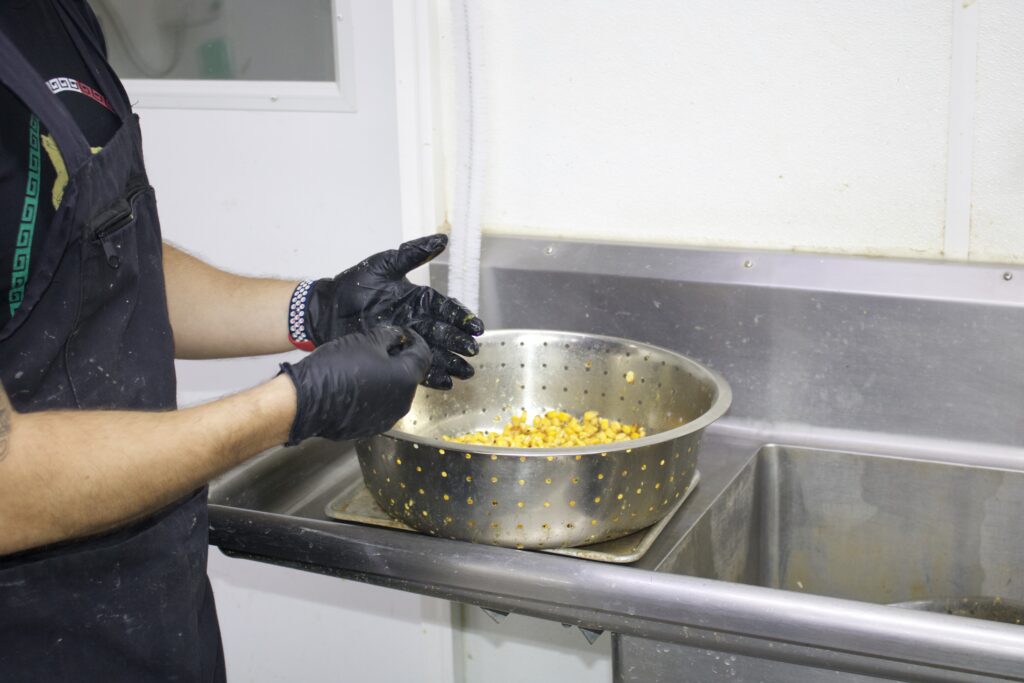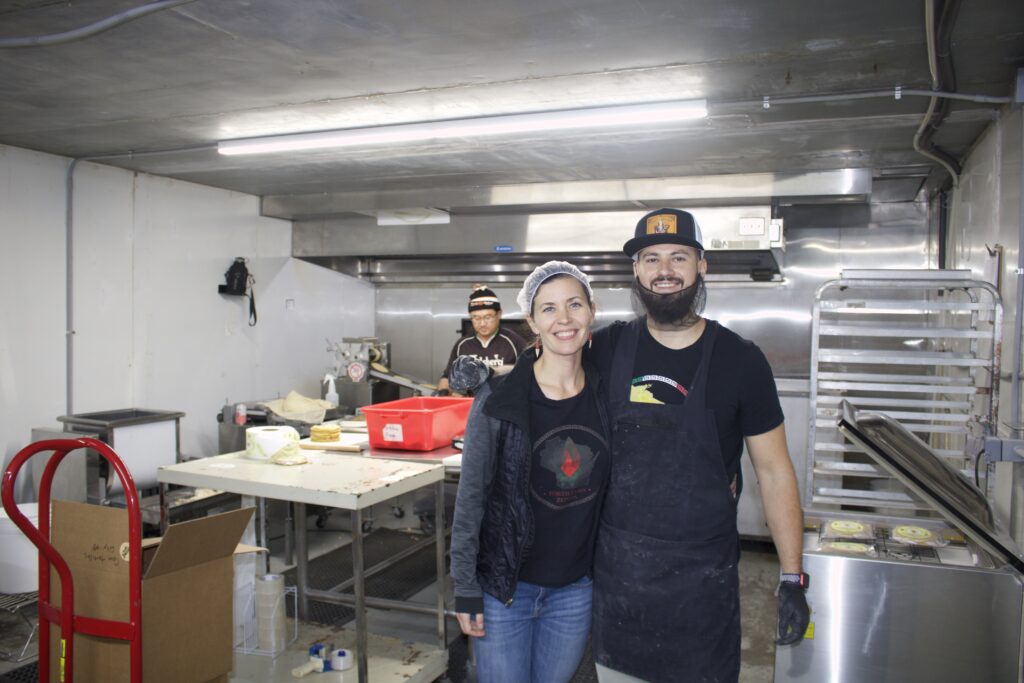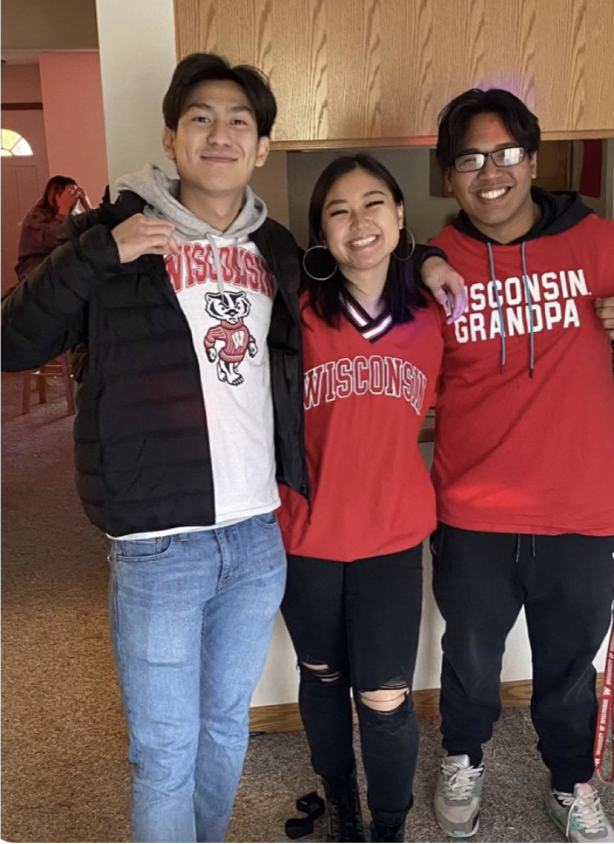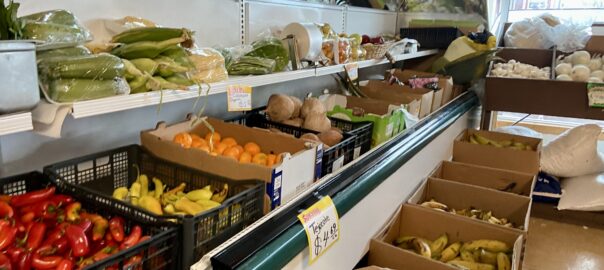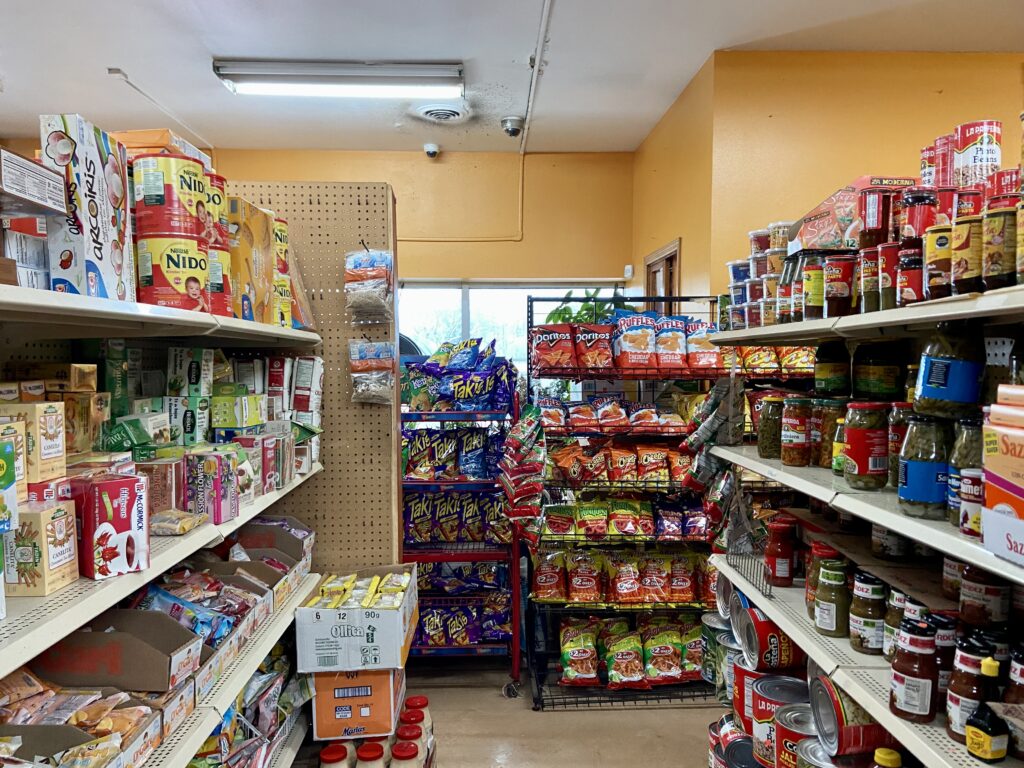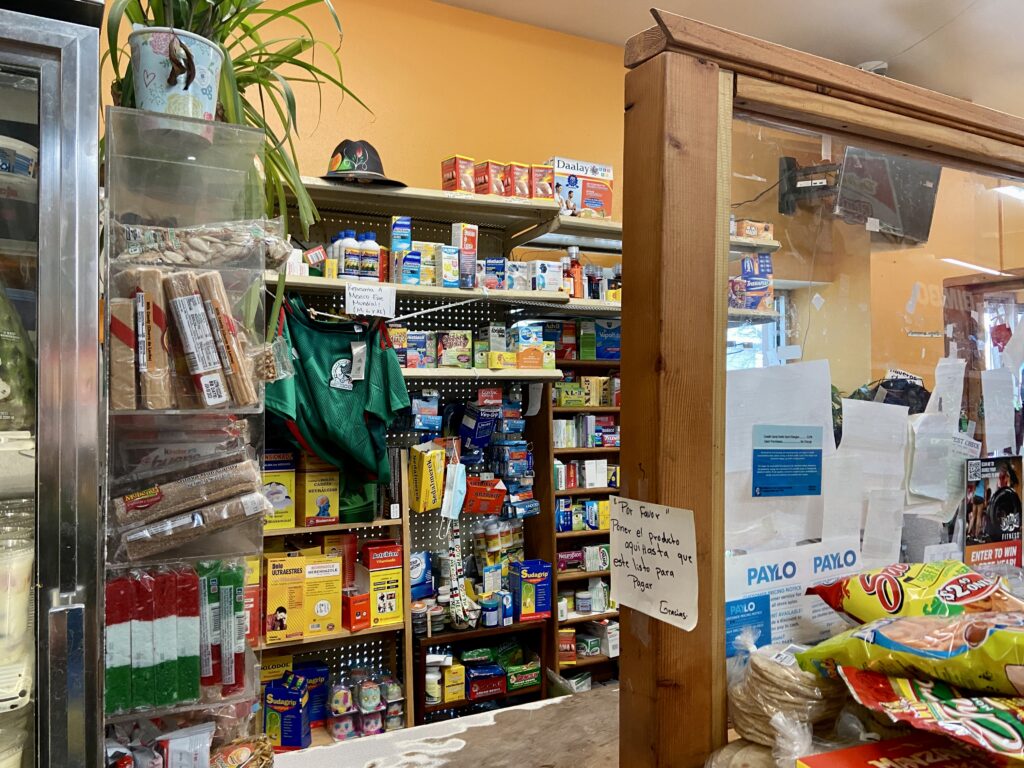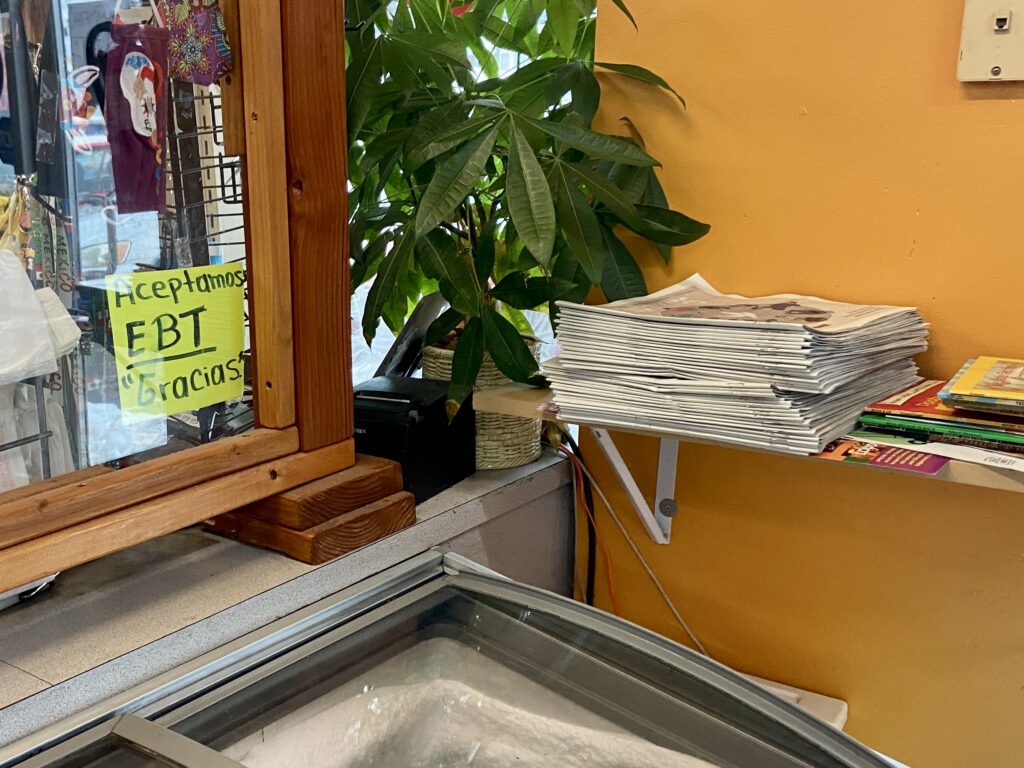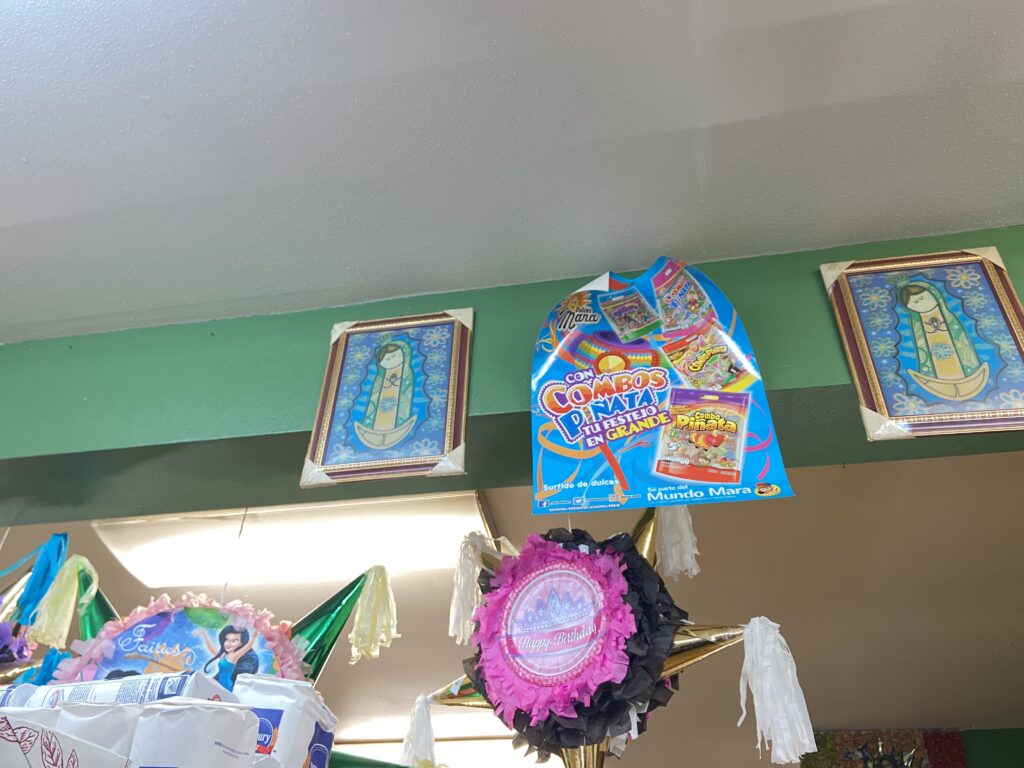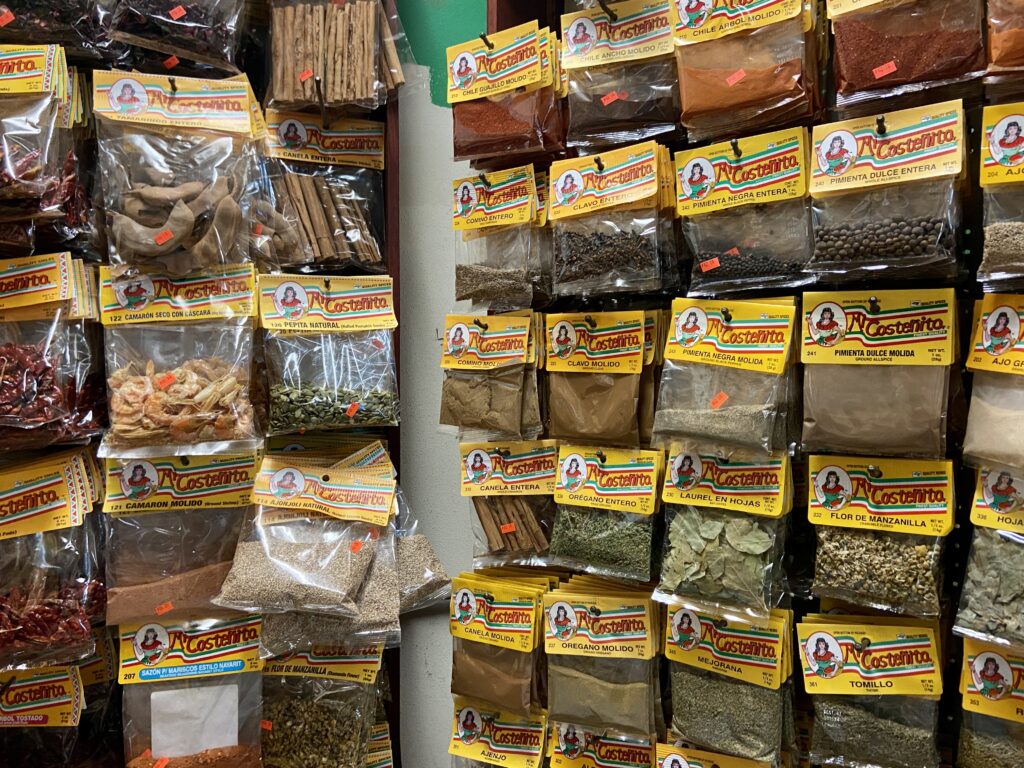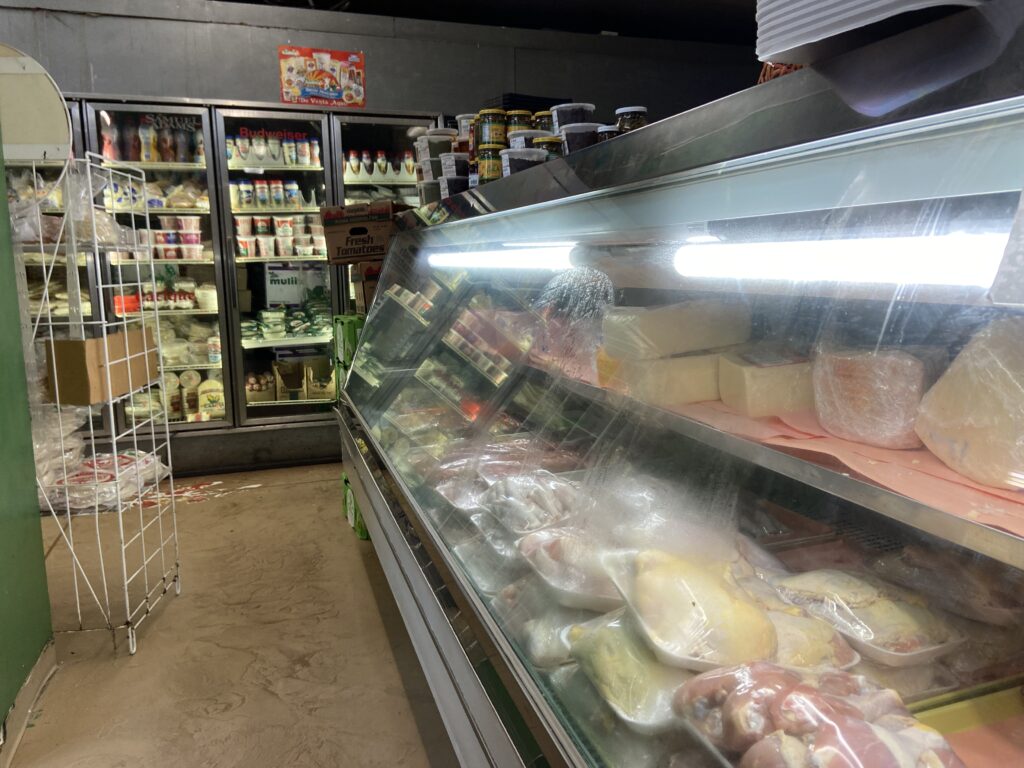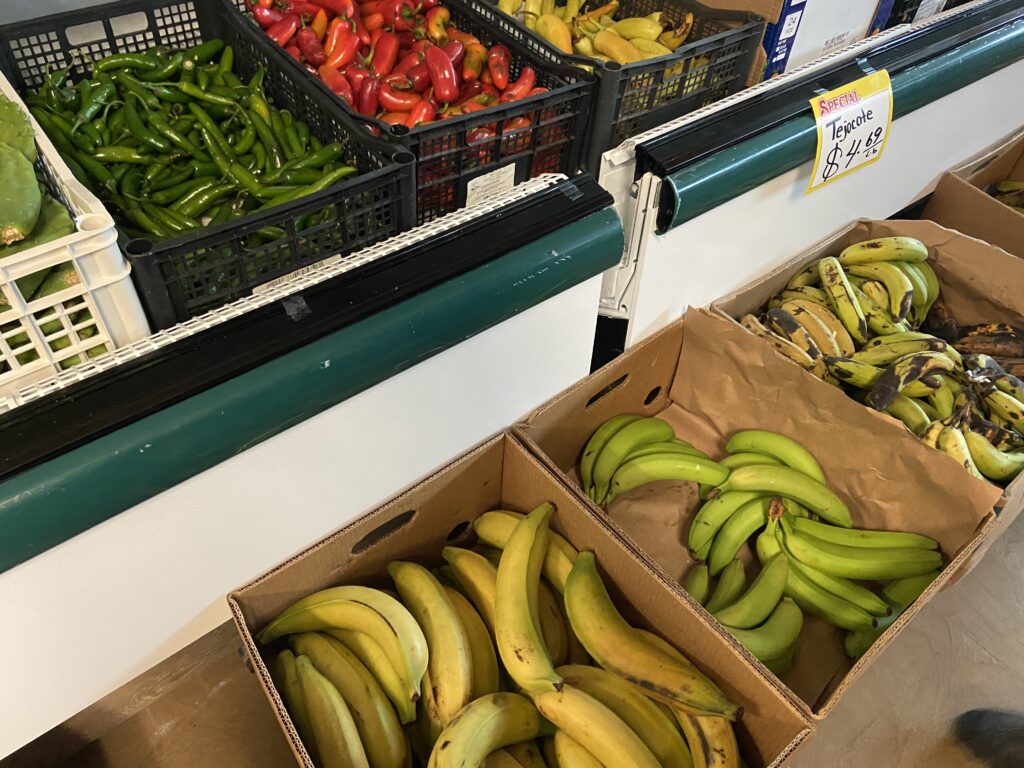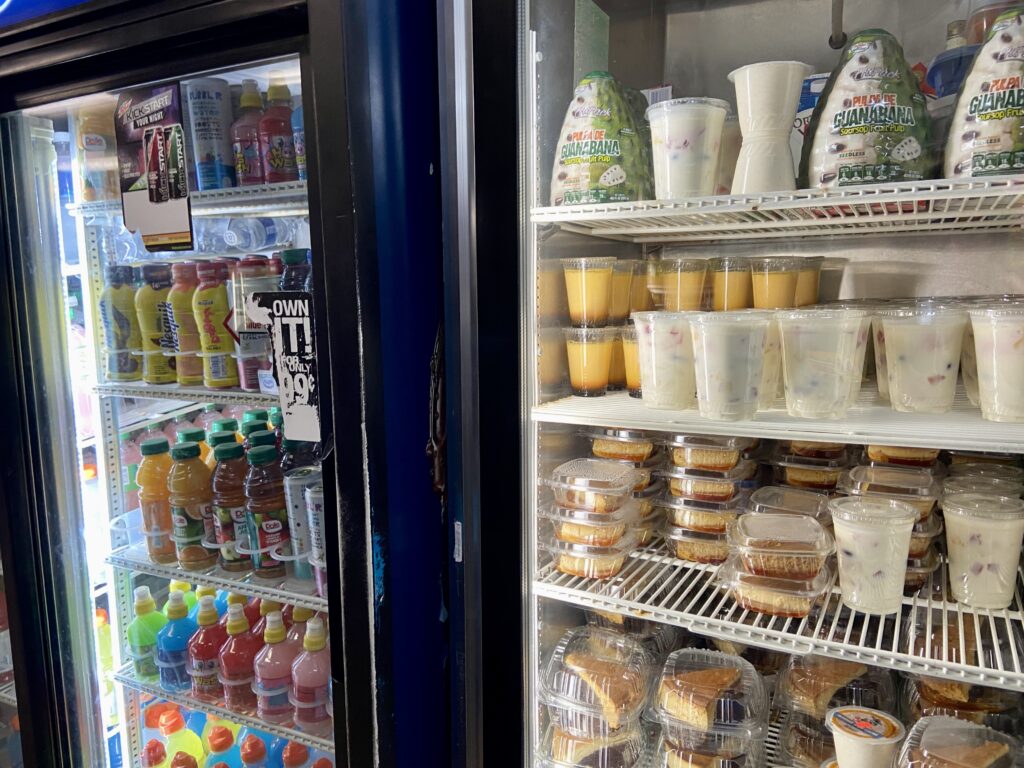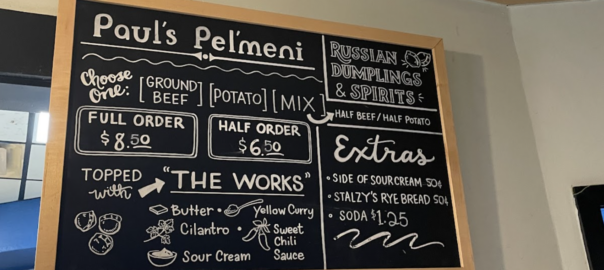Brain drain basics: Wisconsin’s problem with the emigration of highly educated people

Photo by Caroline Crowley.
By Caroline Crowley
Savannah Kind graduated from the University of Wisconsin-Madison with a bachelor’s degree in environmental science in May 2021. In August, she packed a suitcase and moved to Seattle to join AmeriCorps and teach a classroom of elementary students.
When Kind boarded a plane and flew away from her old life in Wisconsin, she said she wasn’t leaving to escape the state.
“It wasn’t that Wisconsin didn’t have career opportunities or didn’t have things I was looking for, it was more like I’ve been here my whole life and I’m looking for something new,” Kind said. “So it’s like, no matter how great Wisconsin is, it couldn’t offer me a new state.”

Kind is one of the thousands of highly-educated people who emigrate from Wisconsin every year. Though the state’s population continues to grow each year, its percentage of highly-educated people has been shrinking for decades.
This phenomenon is called brain drain. Many states struggle with the emigration of highly-educated professionals, but Wisconsin has been in the top 10 states struggling with brain drain since 1980, according to research from the Wisconsin Policy Forum.
Communications director and policy researcher for the Forum, Mark Sommerhauser said Wisconsin sees a significant amount of brain drain from freshly-minted college graduates.
Sommerhauser said these trends in emigration are, in part, due to the proximity of the Chicago and Twin Cities metropolitan areas to Wisconsin’s state borders. The career opportunities in these larger cities attract college graduates, he said.
In Kind’s case, she said some of her friends left Wisconsin after their graduation for careers across the country because other states were more popular locations for their careers. But, Kind said many fresh college graduates just want a fresh start — they want to live somewhere new and leave the nest one last time before they settle down.
“A lot of times it wasn’t necessarily that they didn’t want to be in Wisconsin,” Kind said. “…It is kind of another chance to really figure out your priorities in life. And some people have that figured out and they have a lot of things that they want to stay in Wisconsin for and that’s a priority for them. Other people, it’s like, for me at least, my friends were ready to kind of do another reset, kind of figure out what different areas are like.”
There are still many graduates who remain in Wisconsin after their college careers. According to UW-Madison, over 40% of in-state students remain in Wisconsin after graduating college.
UW-Madison senior studying civil engineering, Ethan Wright said he’s always planned on staying in Wisconsin after graduation. He grew up in Stoughton, 20 minutes away from the UW-Madison campus, and stayed in Wisconsin to live close to family.
Aside from wanting to stay close to his loved ones, Wright said he is staying in Wisconsin after graduation because he’s still figuring out his future career.
“It’s probably because I don’t really know what I want to do for a job,” Wright said. “And so that might be why a job isn’t the biggest priority for me right now.”
He also expressed concerns about leaving the state and starting over on his own — “that sounds really scary,” Wright said.
Though Wright could see himself leaving the state in the future to raise a family or follow a career, he said it is likely he would return to Wisconsin eventually.
Many people return to Wisconsin after straying away directly after graduation — Kind said she believes she will return to her home state eventually, either for graduate school or to be closer to her family and friends.
Wisconsin has a draw for people of family-rearing age — the state has a low cost of living, a good education system and is an attractive place to raise children, according to Sommerhauser. Madison and Milwaukee are also rich in job opportunities for people with college degrees.
Despite these benefits, Sommerhauser said the state government could be doing more to retain and attract highly educated populations. Though the Midwestern region as a whole is struggling to retain college graduates, states like Minnesota and Illinois have proved that some factors can attract people beyond the geographical features of a state.
Our development priorities have to be different if we want to keep more of our graduates here instead of seeing them head for Minneapolis or Chicago or places beyond.
Tim Smeeding
Professor of public affairs and economics at the UW-Madison La Follette School of Public Affairs, Tim Smeeding said one way to reduce brain drain is by improving immigration policies. According to Smeeding, many Wisconsin college graduates immigrate to the state from other countries but are forced to leave when the government doesn’t renew their visas.
“This is a brain drain of people who came to us from foreign countries, who we trained and invested in and who want to stay but have to leave because we won’t provide them an opportunity,” Smeeding said. “That’s ridiculous.”
Smeeding also said the state needs to think more broadly about development to attract more college graduates.
Despite Gov. Tony Evers’ helpful investments in small businesses, Smeeding said Wisconsin should offer more STEM opportunities to graduates as opposed to the state’s current priorities manufacturing and agriculture.
Madison offers these opportunities, Smeeding said, but opportunities must expand throughout the state. Microchip development is one way forward in this category — Smeeding said Wisconsin passed up an opportunity to work with Micron, a semiconductor manufacturer. This opportunity, and others like it, would have allowed the state to retain more college graduates in STEM fields.
“Our development priorities have to be different if we want to keep more of our graduates here instead of seeing them head for Minneapolis or Chicago or places beyond,” Smeeding said.





